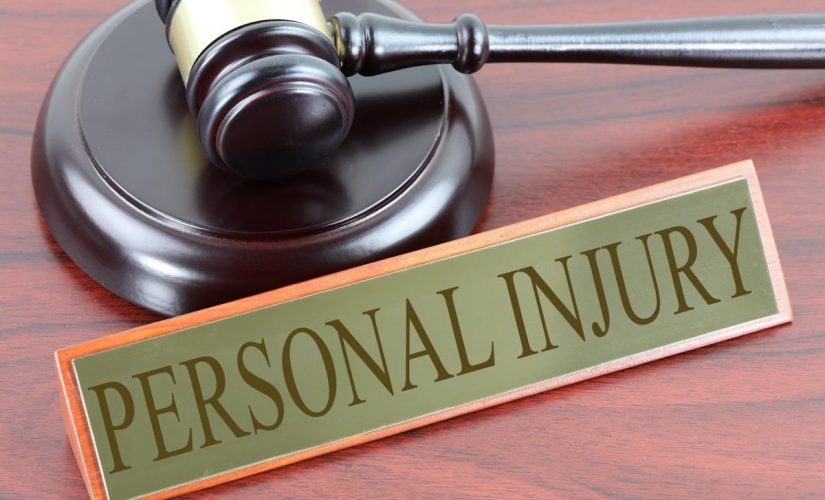Understanding Auto Injury: Causes, Consequences, and Prevention
Auto injury, also known as motor vehicle injury, is a significant public health issue worldwide. According to the World Health Organization, approximately 1.35 million people die each year as a result of road traffic crashes, and between 20 and 50 million more people suffer non-fatal injuries, often resulting in long-term disabilities. This article aims to provide an in-depth understanding of auto injury, its causes, consequences, and how it can be prevented.
Causes of Auto Injury
Auto injuries can occur due to a variety of reasons, but some of the most common causes include:
- Distracted driving: This includes activities that divert attention from driving, such as talking or texting on your phone, eating and drinking, talking to people in your vehicle, or fiddling with the stereo, entertainment or navigation system.
- Speeding: Driving above the speed limit is a common cause of auto injuries. It reduces a driver’s ability to steer safely around curves or objects in the roadway, extends the distance necessary to stop a vehicle, and increases the distance a vehicle travels while the driver reacts to a dangerous situation.
- Drunk driving: Consuming alcohol or drugs impairs the driver’s ability to operate the vehicle safely, increasing the risk of auto injuries.
Consequences of Auto Injury
Auto injuries can have severe and long-lasting effects on individuals and their families. These consequences can be physical, psychological, or financial.
- Physical consequences: These include injuries such as whiplash, broken bones, traumatic brain injuries, spinal cord injuries, and even death.
- Psychological consequences: Auto injuries can lead to post-traumatic stress disorder (PTSD), anxiety, depression, and other mental health issues.
- Financial consequences: These include the cost of medical treatment, rehabilitation, loss of income due to inability to work, and property damage.
Preventing Auto Injury
Preventing auto injuries involves a combination of law enforcement, community awareness, and individual responsibility. Here are some measures that can be taken:
- Obey traffic rules: This includes wearing seat belts, not using a phone while driving, following speed limits, and not driving under the influence of alcohol or drugs.
- Vehicle maintenance: Regular vehicle maintenance can prevent breakdowns and accidents caused by vehicle malfunction.
- Driver education: Comprehensive driver education can ensure that drivers understand the rules of the road and safe driving practices.
Conclusion
Auto injuries are a significant public health issue with severe physical, psychological, and financial consequences. However, they are preventable. By understanding the causes and consequences of auto injuries, we can take steps to prevent them and make our roads safer. It requires a collective effort from individuals, communities, and law enforcement to bring about a significant reduction in auto injuries.







